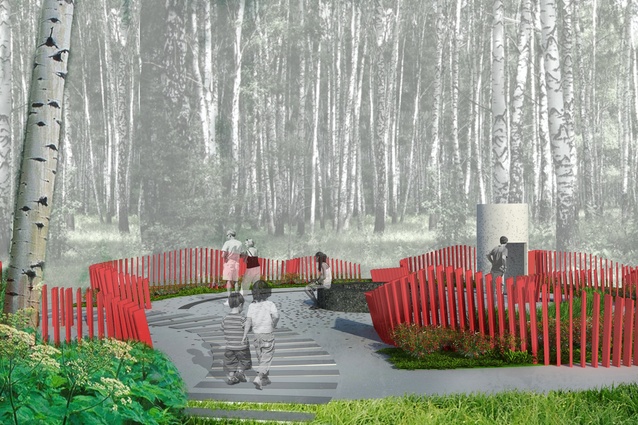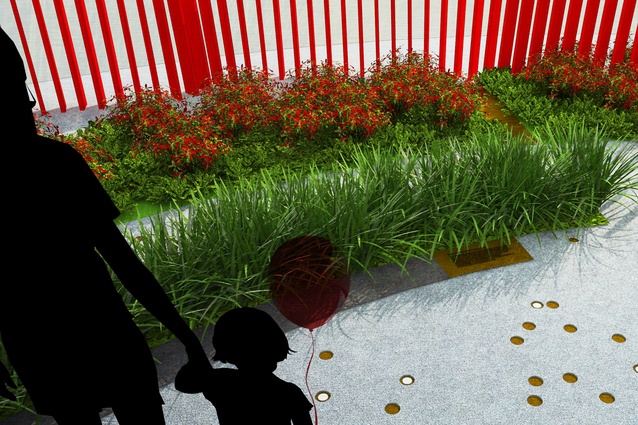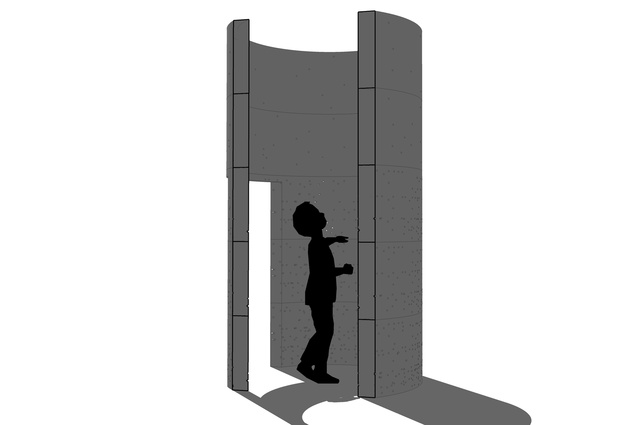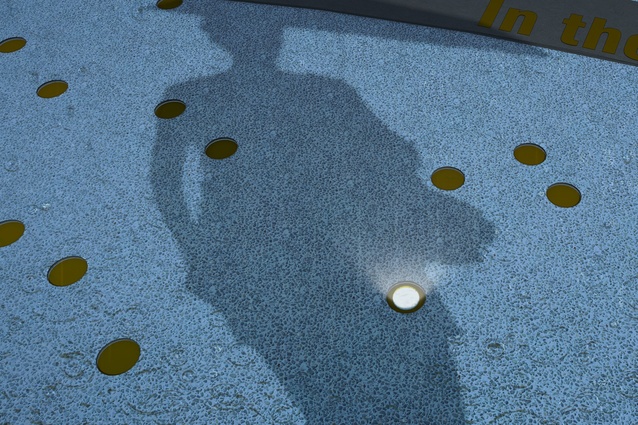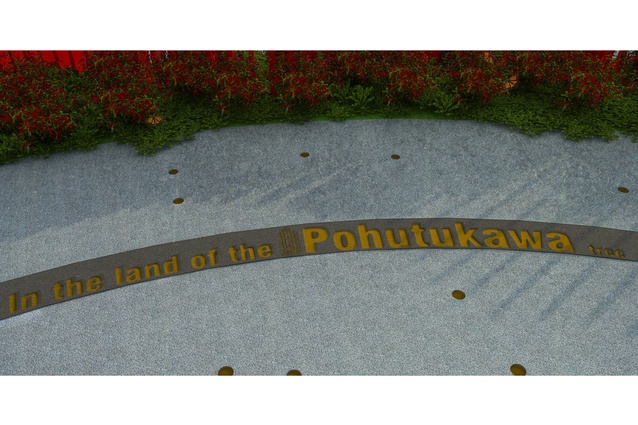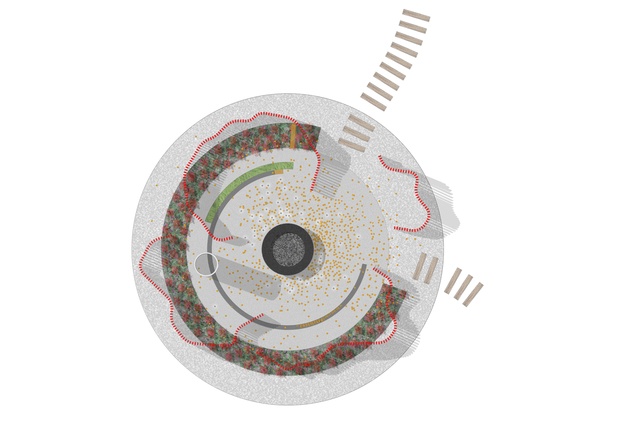Passchendaele Memorial Garden
One of the most significant battles of World War I – Passchendaele – will have its centennial on October 12, 2017. The Passchendaele Memorial Museum, just outside Ypres, has commissioned poppy-shaped memorial gardens from seven countries, including New Zealand. Boffa Miskell’s design proposal was selected as the winning entry in an invited competition run by the New Zealand-based Passchendaele Society.
The design team, led by principal landscape architect Cathy Challinor, wanted to bring a uniquely New Zealand aesthetic to the Passchendaele location. Challinor says, “It is important that New Zealand is represented with its own garden, as so many of our soldiers’ lives were lost in the war. An essential element is to bring as many elements as possible from here in New Zealand – particularly the aggregate and the stone, as those truly are ‘of the earth’. This memorial, quite literally, will be a part of Aotearoa brought to Passchendaele.”
The museum’s design brief required that each memorial respond to three themes: remembrance through plant symbolism, remembrance through visual art and remembrance through literature. Challinor and the team treated these themes as discrete design elements within the individual petals and also throughout the whole poppy installation, as a way to unify the space as a single installation, exhibit and experience.
Remembrance through planting comprises a flax swathe, and a planting curve. Iconic plants of New Zealand – flax, rātā and mānuka – were chosen for the design. The mythology of Rātā and and the curative properties of mānuka are particularly appropriate in this context. Māori legend tells of Tawhaki, a young warrior, who fell to earth from heaven while trying to find help to avenge the death of his father. The crimson flowers of the Metrosideros genus are said to represent his blood. Manuka is widely renowned for its beneficial medicinal qualities. Together, the ground cover varieties of rātā and mānuka represent the healing of spilt blood.
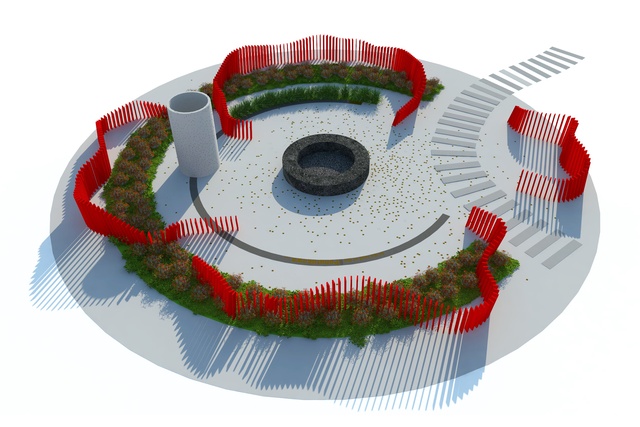
Remembrance through visual art takes the form of a memory column. The scale of the door requires visitors to bend low to enter, echoing the physical confinement of the trenches. The size of the opening and internal diameter has been designed to allow a wheelchair to enter and turn around. The column is pierced by 2,700 pinholes, in a random array, representing the number of the fallen – dead, wounded and missing – at the end of the first day. Underfoot, 846 bronze inlays symbolize the New Zealand soldiers killed within the first hours of the battle.
Addressing remembrance through literature, the evocative lyrics of ‘Poppy and Pohutukawa’ are emblazoned in bronze within an arc of Timaru basalt. While the words effectively encapsulate the New Zealand aspect within the overall theme of the memorial gardens, the familiar text will resonate strongly with Kiwis who visit this emotional place.
Challinor hopes to begin work here in New Zealand within the next six months. She says, “We’ll do as much as we can here – including the pre-cast concrete – and then ship pieces to the site and assemble them like a jigsaw. I’d like to have time for the plantings to establish before the northern hemisphere summer, in time for the commemoration.”

